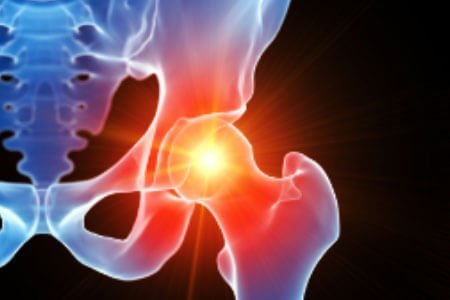Femoroacetabular Impingement (FAI)
Causes, Symptoms, Risk Factors, Complications, Prevention, Diagnosis and Treatment
What would you like to know?
What are the symptoms of Femoroacetabular Impingement?
This condition may sometimes be painless for a period. However, the common symptoms associated with femoroacetabular impingement are:
- Pain, stiffness in the affected area
- Limping
- Back pains, especially in the lower back are common
- Sitting for a prolonged period may cause pain in the inner hip region
- A clicking sensation is felt in the joint
- Difficulty in wearing socks and shoes
- Difficulty in walking in the up-hill direction
- Pain at the sacroiliac joint is also common
Doctors and technicians are available round the clock for patients to help in the detection of these symptoms. This, among other factors, makes Yashoda Hospitals one of the top centers in Hyderabad.

What are the risk factors of Femoroacetabular Impingement?
Individuals at risk of developing this condition are usually people involved in sports such as martial arts, cycling, golf, tennis, football, lacrosse, ice hockey, etc. This is because of the high level of activity and movement that is associated with these sports.
What are the Complications of Femoroacetabular Impingement?
The major complication associated with femoroacetabular impingement is the worsening of the condition resulting in severe pain and discomfort to the individual.
You may also interested in reading
Read More Information
References:
- Femoroacetabular Impingement. Standford Healthcare. Available at: https://stanfordhealthcare.org/medical-conditions/bones-joints-and-muscles/femoroacetabular-impingement.html Accessed on June 18, 2020.
- Femoroacetabular Impingement. Cleaveland clinic. Available at: https://my.clevelandclinic.org/health/diseases/21158-femoroacetabular-impingement-fai Accessed on June 18, 2020.
- Femoroacetabular Impingement. NCBI. Available at: https://www.ncbi.nlm.nih.gov/pmc/articles/PMC4280287/ Accessed on June 18, 2020.
Disclaimer:
“The content of this publication has been developed by a third party content providerwho are clinicians and/or medical writers and/or experts. The information contained herein is for educational purpose only and we request you to please consult a Registered Medical Practitioner or Doctor before deciding the appropriate diagnosis and treatment plan.”



 Appointment
Appointment Second Opinion
Second Opinion WhatsApp
WhatsApp Call
Call More
More





